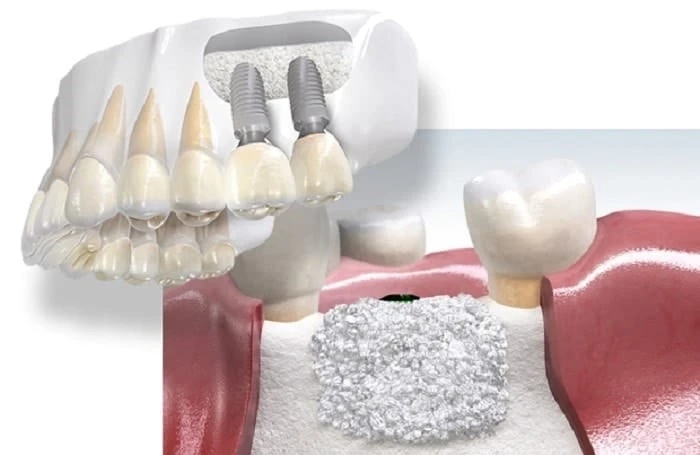Osseointegration is the phase in which dental implants integrate with the jaw bone. For the best results and stability, the right bone profiling drills must be used during the procedures. In addition, there are various other factors like bone strength, the shape of the fixture, and most importantly, the respective drilling technique.
As every technique has its pros and cons, dental surgeons follow different ones for different scenarios. We have explained the major drilling techniques below, but first of all, let\'s check out how dental drilling techniques affect the implant success rate:
Effect of The Respective Drilling Technique on Implant Success
The technique used for implant drilling has a considerable impact on the implant success rate. In addition, the practices and methods used by the dental surgeon also influence the results. Whatever the situation may be, the main objective of every drilling procedure is facilitating good stability for the implant. For this reason, it becomes highly important to choose the right drilling technique.
To make a good decision, the dental expert must analyze various factors related to the patient in the first place. It consists of checking various local variables, like the bone density of a patient, and many more factors. Now let\'s go through the different drilling techniques one by one.
Major Drilling Techniques in Implant Osteotomy
Undersized Drilling Technique or Optimization Technique
In this technique, progressively larger implant osteotomy drills are used for preparing the site. However, the final diameter of the drill will still be smaller than the implant diameter, which needs to be inserted in the cavity. For this reason, this technique is known as the "undersized drilling technique".
The main benefit of following this approach is achieving high torque insertion. It is a parameter that shows how much bone resists its cutting procedures. In dentistry, higher insertion torque is directly linked to the improved stability of dental implants. However, the results achieved using this technique and the normal technique are not very different. Still, this method is followed by many dental surgeons as it is effective for patients who possess low bone density.
Osteotome Technique
This technique depends on the compression of the bone to facilitate a stable fit for the implant. The compression process can be carried forward using various approaches. But, two of the most commonly used ones are gradual bone compression and lateral bone compression. Both are performed with the help of a hand osteotome instrument.
Firstly, the pilot hole is prepared at the main osteotomy site. It is a small-sized cavity on which the mentioned dental instrument is used. Consequently, the apical compression of the bone is made possible. Whereas, traditional implant drilling involves the removal of the additional part of the bone.
When the dental surgeon puts the implant into the created cavity using this approach, it is noticed that higher levels of implant stability are achieved. Moreover, the bone healing process also becomes fast with the help of implant osteotomy drills, which leads the patients to a faster recovery. Many dentists use this technique due to good results.
Osseodensification Technique
This technique is similar to the above one with the difference that specially designed burs are used in this drilling technique. These tools are used to cut the tooth and bones. Instead of using an osteotome hand instrument, this approach involves osseodensification burs to perform the procedure.
The main benefit of performing dental procedures using this technique is increased contact with the respective bone. Consequently, counterclockwise drilling can be made possible with the non-subtractive design. Only specialized bone profiling drills are capable of performing this type of drilling.
Moreover, this drilling technique has one more advantage, which is the quick growth of the bone during the osseointegration process, and the implant stability also improves.
Piezoelectric Surgery
Out of all the dental drilling techniques mentioned here, piezoelectric surgery is the most advanced and suitable for modern-day dental practitioners. This approach has multiple benefits that are reflected after the placement of the implant. Some of them are, higher levels of precision, improved bone regeneration, and an overall safer implant placement procedure.
It creates a soft tissue depth that surrounds the dental implant. It is also known as the biological seal, which is achieved due to the higher precision and healing capacity of the bone. Moreover, the parents\' experience is far less traumatic during the dental surgery, because this technique is less invasive.
Conclusion
After going through the above dental drilling techniques for implant osteotomy drills, it is clear that every approach has its own benefits. So, it ultimately depends on the respective practitioners which one they implement, after analyzing all the factors. However, all of these are better than the traditional drilling approaches as better stability is achieved. In addition, they are especially effective for patients with lower bone density.



